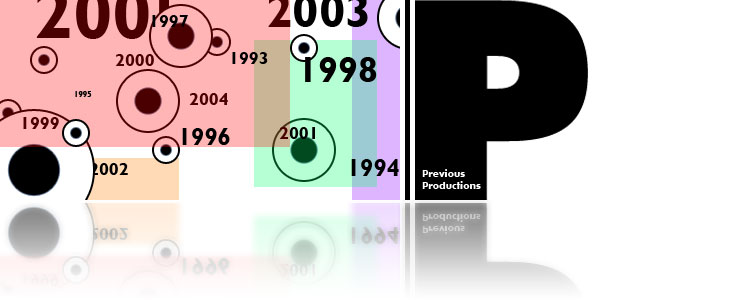Under Milk Wood
Extras
What is Poetry?
Dylan Thomas was questioned, whilst on one of his American lecture tours, by a research student. His answers were published in the Texas Quarterly, Winter 1961, under the heading Poetic Manifests. He spoke honestly about why he wrote in the way he did and how he would hope his readers would approach his work:
I, myself, do not read poetry for anything but pleasure. I read only the poems I like. This means, of course, that I have to read a lot of poems I don't like before I find the ones I do, but, when I do find the ones I do, then all I can say is 'Here they are', and read them myself for pleasure.Read the poems you like reading. Don't bother whether they're important, or if they'll live. What does it matter what poetry is, after all? If you want a definition of poetry, say: 'Poetry is what makes me laugh or cry or yawn, what makes my toenails twinkle, what makes me want to do this or that or nothing', and let it go at that. All that matters is the eternal movement behind it, the vast undercurrent of human grief, folly, pretention, exaltation, or ignorance, however unlofty the intention of the poem.
You can tear a poem apart to see what makes it technically tick, and say to yourself, when works are laid out before you, the vowels, the consonants, the rhymes or rhythms, 'Yes this is it. This is why the poem moves me so. It is because of the craftsmanship'. But you're back again where you began.
You're back with the mystery of having been moved by words. The best craftsman always leaves holes and gaps in the works of the poem so that something that is not in the poem can creep, crawl, flash, or thunder in.
The joy and function of poetry is, and was, the celebration of man, which is also the celebration of God.
Is there a Plot?
A question frequently asked of Under Milk Wood. A Play for Voices. Having be asked to write a script lasting sixty to ninety minutes, Thomas may have felt that an orthodox plot was compulsory. He was not a write fond of conforming to any accepted structure for his work. His dilemma was resolved when Under Milk Wood was seen as a feature and not as a radio play. Douglas Cleverdon distinguished the difference in his book Dylan Thomas's Play for Voices:
"A radio play is a dramatic work deriving from the tradition of the theatre, but conceived in terms of radio. A radio features is, roughly, and constructed programme (that is, other than news bulletins, racing commentaries, and so forth) that derives from the technical apparatus of radio.
"It can combine any sound elements words, music, sound effects in any form or mixture of forms documentary, actuality, dramatised, poetic, musico-dramatic. It has no rules determining what can or cannot be done. And though it may be in dramatic form, it has no need of a dramatic plot".
Under Milk Wood sits at the culmination of Dylan Thomas' brilliant, not too long and rather unstable career. Written over a period of ten years the script developed from a short poem, through an action-packed courtroom drama, to the play we have today: a quirky, amusing, touching and at times idyllic picture of a small Welsh fishing town. Thomas polished it relentlessly, but finally premiered a version very close to the surviving one in a series of 'concert' performances in New York in May and October 1953.
Thomas' only direction to the five nervous actors who accompanied him in these first stage-readings of Under Milk Wood was 'Love the words, Love the words'.









